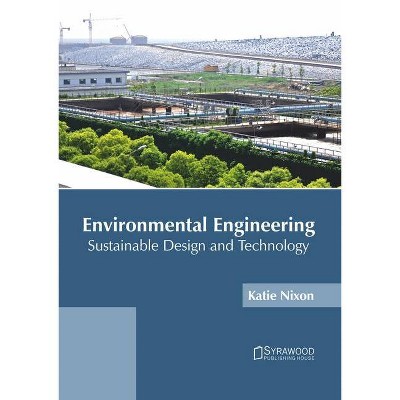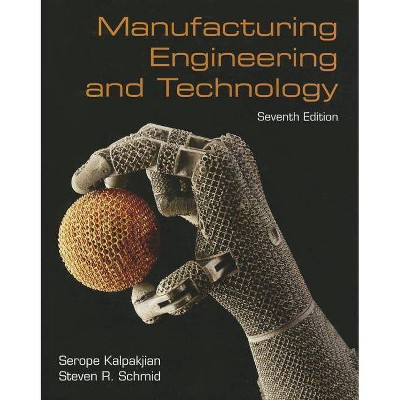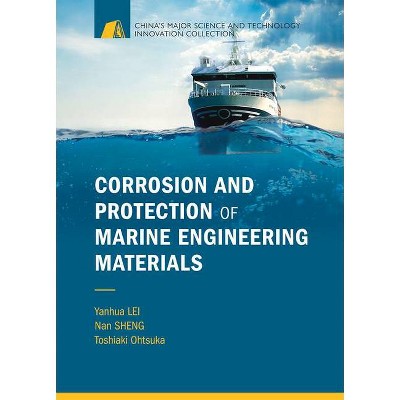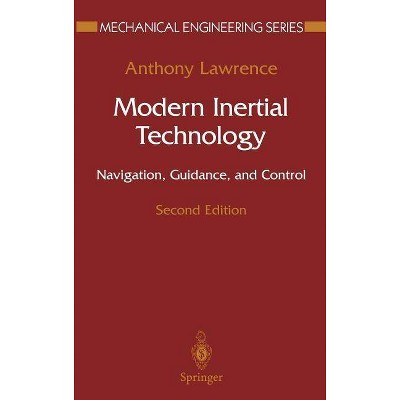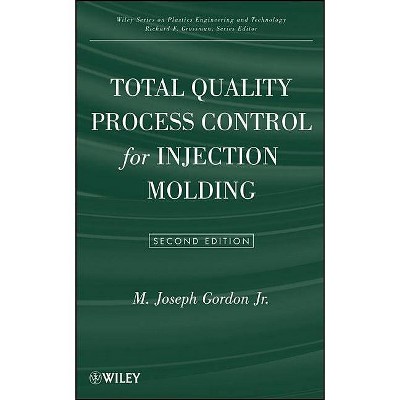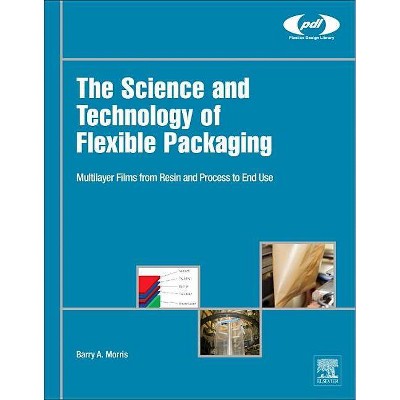Packaging Technology and Engineering - by Dipak Kumar Sarkar (Hardcover)
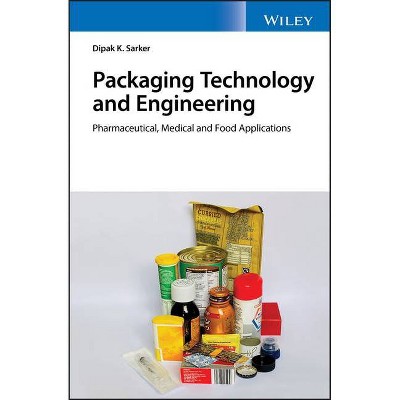
Similar Products
Products of same category from the store
AllProduct info
<p/><br></br><p><b> About the Book </b></p></br></br>"Use of packaging is often thought of as an industrial age concept but this is entirely untrue. In more ancient times products of economic or nutritional value were always wrapped in a suitable material to convey the need to protect the contents. The Roman emperors and Byzantine kings frequently wrapped precious good in all manner of materials from woven rattan baskets to carved and gilded in-laid ebony boxes. Expensive luxury goods such as chalices, and ceremonial goods are almost always stored in a suitable presentation case that demonstrated the value of the product contained within. Perfumes, chrism oils and ceremonial jewellery has always been containered in sculpted and carved lidded-boxes and glazed pottery. The use of bespoke packaging is really a modern age phenomenon. However, the footsteps of packaging use began with leaves and birch bark and other natural materials. In antiquity and prehistoric times humans wrapped their foods in crudely fashioned carriers and containers but also pelts and hides. Mass production of containers later involved woven materials e.g. rushes and reeds to create baskets and carriers but also the use of, textiles, pottery and bronze amphora and carved objects e.g. ivory, antler horn and wood. Recent estimates place "crude glass" or vitrified materials and wood packaging use to at least 3000 BC and these artifacts come from the Indus Valley civilisations and Mesopotamia"--<p/><br></br><p><b> Book Synopsis </b></p></br></br><p><b>Covers chemistry, physics, engineering, and therapeutic aspects of packaging--universal to pharmaceutical, medical, and food applications <br /></b><br />This book covers the chemistry, physics, materials science, engineering, and therapeutic aspects of many different types of packaging materials, emphasizing throughout the applicability of various aspects of packaging science and technology. It also provides a simultaneous discussion of interrelated fields, and addresses the universal issues within these fields' application areas. Intended as a technical reference and as a study aid, it is relevant to anyone who studies or uses packaging or packaging materials. </p> <p><i>Packaging Technology and Engineering: Pharmaceutical, Medical and Food Applications</i> begins with an overview of the history of the topic. It then offers chapters on the methods of obtaining raw materials, the chemistry of polymeric and non-polymeric packaging materials, physico-chemical quality parameters, and the manufacturing of packaging. Other topics look at: additives, use, suppliers, safety and environmental concerns, regulation, anti-fraud activities, new trends, and the future of packaging technology. The book also features numerous problems and worked solutions to aid student comprehension.</p> <ul> <li>Covers packaging and packaging materials, their properties and technologies</li> <li>Addresses the chemical engineering, physics, and chemistry of packaging materials, and the individual requirements for food, pharmaceutical, and medical device packaging</li> <li>Includes current issues such as environmental concerns and sustainability, recycling and after-use, anti-counterfeiting technology, and packaging regulations and guidelines</li> </ul> <p><i>Packaging Technology and Engineering: Pharmaceutical, Medical and Food Applications</i> will appeal to all packaging technologists, scientists, and engineers in industry, and in regulatory agencies. It is also an excellent book for advanced students studying packaging courses, within pharmacy, pharmaceutical sciences, chemical sciences, biomedical sciences, medical sciences, engineering, product design and technology, and food science/technology.</p><p/><br></br><p><b> From the Back Cover </b></p></br></br><p><b>Covers chemistry, physics, engineering, and therapeutic aspects of packaging--universal to pharmaceutical, medical, and food applications</b> <p>This book covers the chemistry, physics, materials science, engineering, and therapeutic aspects of many different types of packaging materials, emphasizing throughout the applicability of various aspects of packaging science and technology. It also provides a simultaneous discussion of interrelated fields, and addresses the universal issues within these fields' application areas. Intended as a technical reference and as a study aid, it is relevant to anyone who studies or uses packaging or packaging materials. <p><i>Packaging Technology and Engineering: Pharmaceutical, Medical and Food Applications</i> begins with an overview of the history of the topic. It then offers chapters on the methods of obtaining raw materials, the chemistry of polymeric and non-polymeric packaging materials, physico-chemical quality parameters, and the manufacturing of packaging. Other topics covered are additives, use, suppliers, safety and environmental concerns, regulation, anti-fraud activities, new trends, and the future of packaging technology. The book also features numerous problems and worked solutions to aid student comprehension. <ul> <li>Covers packaging and packaging materials, their properties and technologies</li> <li>Addresses the chemical engineering, physics, and chemistry of packaging materials, and the individual requirements for food, pharmaceutical, and medical device packaging</li> <li>Includes current issues such as environmental concerns and sustainability, recycling and after-use, anti-counterfeiting technology, and packaging regulations and guidelines</li> </ul> <p>This book<i></i> will appeal to all packaging technologists, scientists, and engineers in industry, and in regulatory agencies. It is also an excellent book for advanced students studying packaging courses, within pharmacy, pharmaceutical sciences, chemical sciences, biomedical sciences, medical sciences, engineering, product design and technology, and food science/technology.<p/><br></br><p><b> About the Author </b></p></br></br><p><b>Dipak Kumar Sarker</b> is Principal Lecturer in Physical Sciences and Manufacturing Technology at the School of Pharmacy & Biomolecular Sciences, University of Brighton, UK.
Price History
Price Archive shows prices from various stores, lets you see history and find the cheapest. There is no actual sale on the website. For all support, inquiry and suggestion messages communication@pricearchive.us

